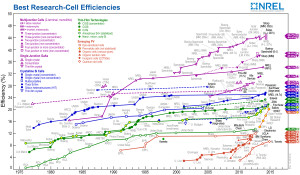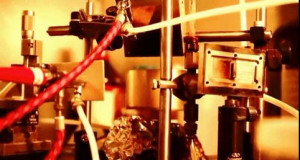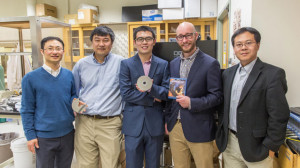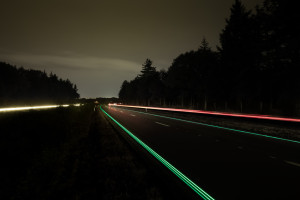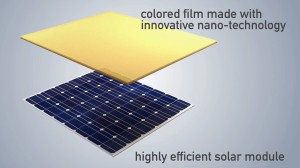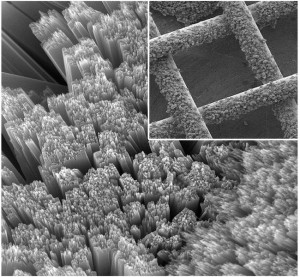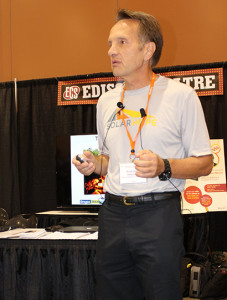
Slobodan Petrovic, founder of Solar Hope, speaking at the Edison Theatre during the 228th ECS Meeting.
With 1.6 billion people—a quarter of humanity—living without electricity, it is clear that something must be done to bring power and hope to areas of the developing world. Solar Hope, a nonprofit organization founded by Slobodan Petrovic of the Oregon Institute of Technology, is addressing that very issue of energy access by delivering solar power to areas of Africa.
Since its establishment in 2010, Solar Hope’s driving force has been to deliver the gift of light to areas of the world that are most in need.
“Electricity provides opportunities to save lives,” says Petrovic.
The organization relies solely on student volunteers and donations to implement life-saving projects. By installing alternative energy solutions, Solar Hope is able to power schools and hospitals, as well as provide a safe way for those living in these areas to receive electricity.
Electricity in Africa
In sub-Saharan Africa, over 80 percent of the population depends on wood, charcoal, and animal dung for its energy needs. Solar Hope’s implementation of electrochemical energy technologies can eliminate the danger of these types of energies, all while providing more efficient lighting to classrooms and giving hospitals enough power to adequately refrigerate vaccines.
“We’re delivering modern technology to improve the lives of citizens,” says Petrovic.


